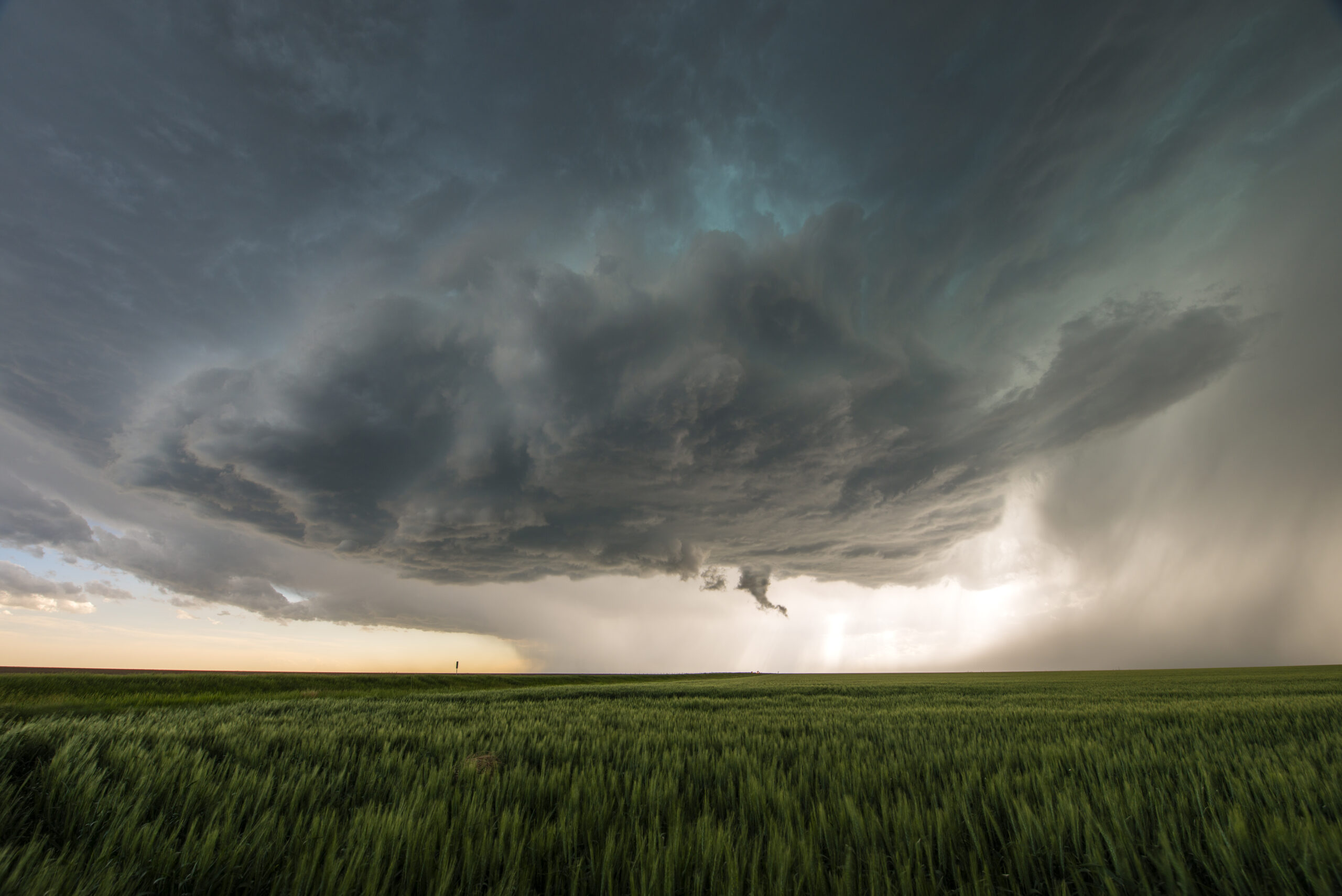The wrath of a tornado — a narrow, violently rotating column of air usually associated with thunderstorms — can cause catastrophic damage spanning more than a mile wide and 50 miles long. Small objects can be turned into projectiles, trees can be uprooted, and home roof coverings can be uplifted, detached and fly off. An especially devastating tornado — which can carry wind speeds exceeding 300mph — can throw cars, rip walls from solidly constructed homes and even blow entire structures into the distance.
As tornado season slowly approaches for certain U.S. regions — early spring in the Mid-Atlantic, the Southeast and along the Gulf Coast, followed by May and early June in the southern Plains — property owners should not only prepare physically, but also understand tornado risks, its consequences and related insurance implications.
Tornadoes and property loss
Tornadoes are more than a regional concern. Though certain regions are commonly associated with tornadoes — such as the “Tornado Alley” of the Great Plains or the Southeast’s “Dixie Alley” — they have been reported in all 50 states. Increasingly, they appear to be occurring in locations they hadn’t previously, while occurrences are also expanding into historically less-active winter months. In effect, populations that are inexperienced with these natural disasters, along with their property, will face unprecedented risk.
Tornadoes are among the most violent atmospheric storms that exist and can cause immense structural damage to properties. In 2022 alone, more than 1,300 tornadoes hit the U.S., which collectively caused $700 million of property and crop damage and as well as 25 deaths, according to the National Ocean and Atmospheric Administration (NOAA). Each individual tornado racked up, on average, $685,000 of damage.
These storms are unique in their sudden nature. Unlike a hurricane that can be tracked for days as it approaches, tornadoes simply form when conditions are favorable — and there is little-to-no time to prepare. Although a tornadic event will not typically generate the massive volume of claims as, say, a widespread hailstorm, destruction that accompanies affected areas is often spatially concentrated and catastrophic. It is not uncommon to see a swath of severely damaged homes, while property 100 yards away sits unaffected.
Components involved in a loss
A claim is often handled by a dedicated loss adjuster who remains the insured’s point of contact from first notice and through the claims process until the claim is considered complete. After adjusters conduct damage assessments and submit a full-captioned report to the insurance carrier, they determine what resources are needed to restore the property to pre-loss condition, and often engage a range of professionals.
A building consultant will aid in estimating the damage of a commercial property, for example, and if a business interruption (BI) is involved, a forensic accountant can be authorized to begin resolving the BI claim. Engineering service providers, such as EFI Global, can assess structural soundness, while contractors from Sedgwick’s repair solutions division can complete temporary repairs that protect property from further damage.
Due to the layers of desecration tornadic activity can cause, related claims are typically multifaceted, complex and can extend through long durations of time. If a residential home or commercial warehouse is partially destroyed, there are comprehensive procedures to repair and restore the property to its pre-loss condition. There will be several phases, including multiple inspections: the initial inspection, additional inspections with expert involvement, the monitoring of repairs, and a final inspection before concluding the claim.
Well-kept communication is integral — between the insured and the adjuster, as well as between the adjuster and the property’s insurance carrier. It’s critical that each claim is handled with a caring, empathetic touch.
Heightened urgency
Severe weather events, particularly tornadoes, involve circumstances that create heightened stress and urgency. If the homeowner avoids physical injury during the event, they may still have sustained psychological trauma — on top of the property damage and potential loss of treasured personal items. Those affected by a tornado’s destruction need immediate reassurance that they’ll overcome the devastation.
To that end, it is critical that adjusters provide a quick and immediate response — within the same day, wherever possible. It is their job to instill confidence in the insured that they are taken care of and will continue to be throughout the claims process. Contact should occur immediately to put the insured’s mind at ease, as should visiting the loss site to inspect the scope of damage.
When did the adjuster make contact? How soon after did an inspection follow? How efficiently was the first report submitted? For a commercial property, how quickly is the BI payment received, so the claimant can get back to business? Not only do insurance carriers track this information to ensure optimal service is being provided, but the insured is wondering too; these questions are integral to the insured’s timeline of life’s return to normalcy.
Of equal importance, adjusters should walk the insured through the various parts of the claims process — step by step. Knowing what comes next can provide a critical sense of comfort and assurance to an insured who just lived through an unforeseen event.
Capacity to respond
It is impossible to perfectly pre-arrange staffing for weather events, as storms often change course, defy predictions and in some cases occur without warning. As multiple catastrophes can happen simultaneously in different areas, capacity must be expansive to meet customers’ immediate needs. It is particularly beneficial to engage an organization with a nationwide network of experts. Sedgwick has adjusters scattered country-wide who are at the ready when disaster strikes.
Learn more:
- Visit the CAT resource center to explore Sedgwick’s catastrophe (CAT) planning and response solutions, including temporary housing, contents and inventory, repair, engineering and more.
- Check out EFI Global’s website to learn about their 24-hour CAT response services.

